![]()
![]()
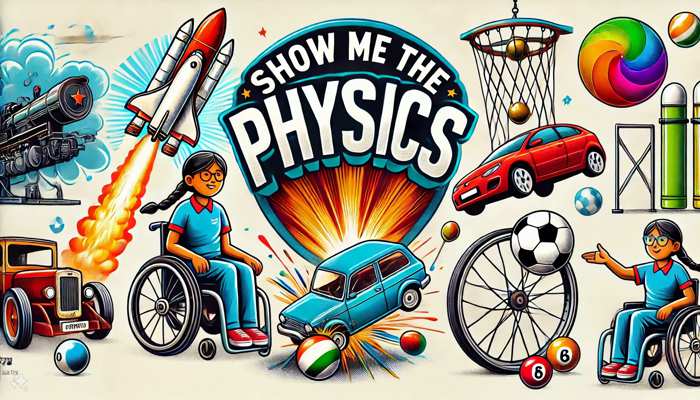
Momentum Word Problems
|
In order for a tennis serve to have the maximum speed, the server needs and big force and a long _______________ |
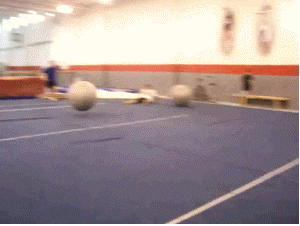
Show Me The Physics
YouTube Channel
Momentum Word Problems
| J = Ft = mΔv = Δp |
|
Ex 1) A 5.0 kg mass has its velocity change from 8.0 m/s east to 2.0 m/s east. Find the objects change in momentum. |
Ex 1) A 5.0 kg mass has its velocity change from 8.0 m/s east to 2.0 m/s east. Find the objects change in momentum.
m = 5.0 kg
Vi = 8.0 m/s East
Vf = 2.0 m/s East
Δp = ?
| J = Ft = mΔv =Δp |
Δp = mΔV
= (5.0 kg)(2.0 m/s - 8.0 m/s)
= -30. kgm/s East
or +30. kg m/s West

|
Ex 2) A 5.0 kg mass moving with a velocity of 8.0 m/s east has an impulse applied to it which causes its velocity to change to 20. m/s East. Find Impulse: |
Ex 2) A 5.0 kg mass moving with a vector of 8.0 m/s east has an impulse applied to it which causes its velocity to change to 20. m/s East.
Find Impulse:
m = 5.0 kg
Vi = 8.0 m/s East
Vf = 20. m/s East
J = ?
| J = Ft = mΔv =Δp |
J = mΔv = (5.0 kg)(12. m/s East)
= 60. kg m/s east
= 60. Ns East
Find the force if the impulse was applied for 3.0 sec.
F = ?
t = 3 seconds
m = 5.0 kg
Vi = 8.0 m/s East
Vf = 20. m/s East
J = 60. kg m/s east
| J = Ft = mΔv =Δp |
J = Ft = 60. Ns East
F(3.0 sec) = 60. Ns East
F = 20. N East
Golf Ball hitting steel super slo mo
School Blocks YouTube? Click below.
|
Ex 3) How long would it take for a net upward force of 100. N, to increase the speed of a 50. kg object from 100. m/s to 150. m/s. |
Ex 3) How long would it take for a net upward force of 100. N, to increase the speed of a 50. kg object from 100. m/s to 150. m/s.
F = 100. N
m = 50. kg
Vi = 100. m/s
Vf = 150. m/s
t = ?
| J = Ft = mΔv =Δp |
FΔt = mΔv
(100. N)t = 50. kg(50. m/s)
t = 25. secs
|
Ex 4) A 1.0 kg ball traveling @ 4.0 m/s strikes a wall and bounces straight back @ 2.0 m/s. Find Δp |

Racquetball Slow-Mo - HiViz
Ex 4) A 1.0 kg ball traveling @ 4.0 m/s strikes a wall and bounces straight back @ 2.0 m/s.
Find Δp
m = 1.0 kg
Vi = 4.0 m/s
Vf = ?
Vf = -2.0 m/s
(opposite direction)
Δp = ?

| J = Ft = mΔv =Δp |
(a) Δp = mΔv
= (1.0 kg)(-2.0 m/s - 4.0 m/s)
= - 6.0 kgm/s
(b) What is impulse applied to the ball?
J = Δp = -6.0 kgm/s
(c) What is impulse applied to the wall?
J = +6.0 kgm/s
3rd Law, Action Reaction
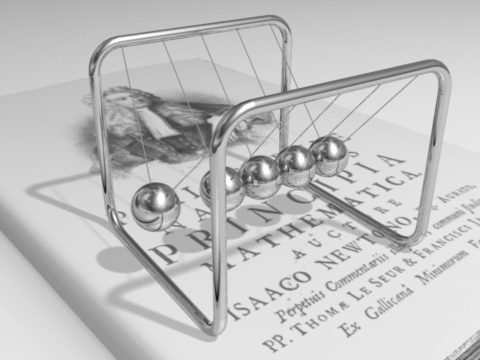
Computer animation of a Newtons' cradle
DemonDeLuxe (Dominique Toussaint)
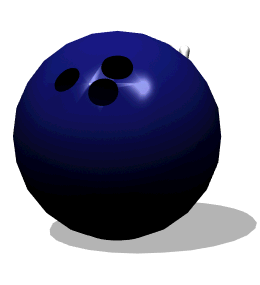
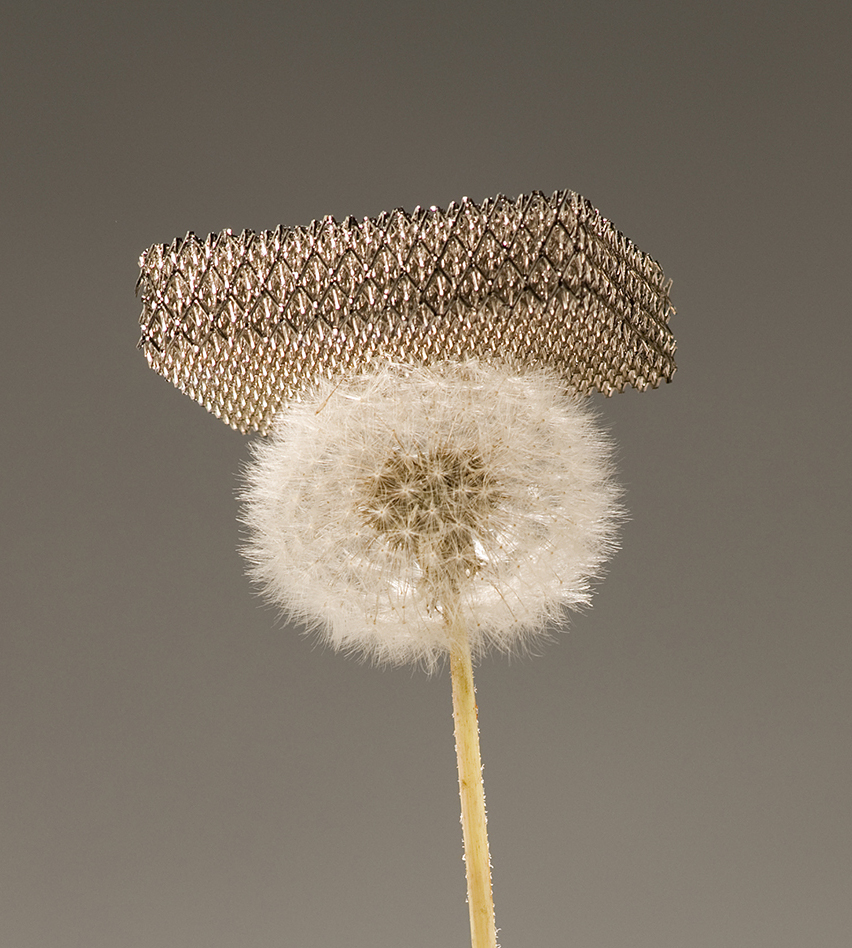
World's Lightest Material
200 times lighter than styrofoam
HRL Laboratories - See the video
Using an innovative fabrication process developed at HRL, researchers
created a “micro-lattice” structure of interconnected hollow tubes with
a wall thickness of 100 nanometers, 1,000 times thinner than a human
hair.
Download high
resolution image. High resolution video is available upon request by
emailing media@hrl.com.
Photo credit: Photo by Dan Little © HRL Laboratories,
AP Physics
p. 188) 17
Dp = mDv
Momentum only changes in the x direction
toward wall +
Vi = Vsinq
Vf = -Vsinq
Dp = mDv
Dp = m(-2Vsinq)
= 2.1 kgm/s left
![]()
[Law Of Conservation

Of Momentum]
![]()
©Tony Mangiacapre., - All Rights
Reserved [Home]
Established 1995
Use any material on this site (w/ attribution)